- Part 1: Hiking Patagonia – Introduction, Planning, & Getting There
- Part 2: Hiking Patagonia – The W-Trek
Introduction
Torres Del Paine National Park, located in the Patagonia region of South America, is without a doubt the most beautiful place I’ve ever visited. That’s coming from someone who has been to over 65 countries and 40 National Parks. The park is in southern Chile and is the crown jewel of the Patagonia region. It is impossible to put into words just how insanely beautiful this place is with its epic mountains, glaciers, secluded wilderness, and turquoise lakes. While not easy to get to and being described as “the end of the earth”, the long journey is well worth the destination.
Most folks come this park to do multi-day backpacking hikes. The two main hikes are the “W-Trek” or the “O-Trek”. The W-Trek is 60km and could be done in 5 to 6 days and the O-Trek is 110km and can be done in 6 to 10 days. Being short on time and not in the best of shape, I ended up doing the W-Trek.
Planning
The planning process is a bit more challenging compared to your typical visit to Yosemite or Yellowstone National Park. During my research, there was not an abundance of information out there which made the planning process take much longer than expected.
Key lessons learned:
- Fly into Punta Arenas (PUQ). It is in southern Chile and is logistically easier to get to Torres Del Paine from as opposed to other options in Argentina. Also, you can fly on LAN Airlines using miles from Alaska, American, British, and other One World Alliance airlines.
- Glamping: Do it. The hike is 60km (37 Miles) and carrying your food, tent, sleeping bag, and water can get really heavy. There are plenty of glamping options where you show up, have a tent already setup, and fresh hot meals prepared for you. All you really need to carry is some clothes and a camera.
- You can store luggage at Santiago Airport. If you are traveling elsewhere before or after your trip to Torres del Paine, you can leave your non-hiking luggage at the airport.
Useful sites for research and booking lodging/campsites:
Helpful Books:
Eyewitness Travel- Chile & Easter Island
ISBN: 978-0-7566-9524-8
Moon- Trip of a Lifetime PATAGONIA
ISBN: 978-1-61238-912-7
Key Tips:
- Invest in a proper backpack with good back support and shoulder padding.
- Purchase walking/hiking sticks. Hiking over the various boulders will be a struggled without them.
- Pack for all kinds of weather- rain, sun, snow, and wind. You will experience all four seasons in one day.
- Buy thick wool hiking socks to prevent blisters
- Wear appropriate shoes. I prefer to wear Soloman hiking shoes are because they’re lightweight, but they also adapt well to different types of terrain. Hiking boots get too heavy over long distances.
- Unless you’re extremely hardcore about camping and backpacking, be sure to buy the meal plan! Carrying all that food adds weight to your bag.
- Tack on 2 days to your hiking trip—one full day for arriving to the park and one full day for leaving the park.
- Bring chap stick, lotion, and sunblock!
- Drink plenty of water and eat a lot so you have the energy to keep up with all the hiking!
- After talking to a few people, we realized that many people spent a night in Puerto Natales before they entered the park . The limited bus schedule that runs to the park twice a day makes it challenging, so if you are worried about a flight coming in late or you have a spare day—definitely spend a day here upon arrival or you’ll be like us and end up taking a one hour cab ride to the park!!
Getting There
Getting to Torres Del Paine National Park is quite a journey in itself. They don’t call it the “end of the earth” for no reason. It took three flights, a two hour bus ride, a one hour cab ride, and a hitch hike for a few miles to get to the first camp site.
1) If you are lucky enough to find award availability all the way to PUQ on LAN Airways, then go for it. I had to use United Miles to get to SCL on Air Canada. Then I used British Airways miles to get from SCL to PUQ on LAN Airways.
2) Once we arrived in Santiago, we had about 16 hours to kill until our next flight to Punta Arenas. So we stayed at the Holiday Inn accross the street at the airport and then toured Santiago for a bit and before it got dark.
3) From Punta Areanas, we took the bus to Puerto Natales. Approximately 3 hours. It was quite challenging finding someone to speak English to help us find the bus stop, so bonus points if you speak a little Spanish!
4) From Puerto Natales, we needed to take the bus to the park. This is another 2 -4 hours (depending on which stop you get off.) The most FRUSTRATING thing to keep in mind: there are only two buses that go from Puerto Natales to Torres Del Paine. Unfortunately, we arrived to Puerto Natales AFTER the last bus departed. Our camp reservation was for that same evening, so we didn’t want to find a place in Puerto Natales and arrive at the park the next day. It would have been a complete waste of the reservation at our campsite, so we ended up hiring a cab to drive us to the Park. It was decently priced, but it definitely wasn’t cheap!
Arrival
When you first arrive to the park, you’re required to sign in, show your passport, and watch a clip about making sure we preserve and protect the national park. The cab driver couldn’t drive us within the park, without paying the entrance fee so we ended up hiking from the main visitor’s center to Camp Las Torres.
In the end, we hitchhiked within the park. Don’t judge, we were desperate from fatigue after 14 hours of traveling: air time, bus time, cab time, and walking time. A nice German couple picked us up and gave us a lift to our campsite.
Note: We decided to stay two nights at Camp Las Torres near hotel Las Torres, so that we can hike up Mirador Base Las Torres without our backpacks. We also decided to rent tents from the campsites, that way we didn’t have to lug a tent throughout the entire W- trek. We brought our own sleeping bags. We love camping, but we wanted to be as minimalist as possible since this was our first long backpacking trek (37 Miles).
Stay tuned for Part 2 of this trip where I detail the various terrain and campsites along the W-Trek, the best hiking trail in the world!
If you have any questions, post in the comments section below.
Part 2: Hiking Patagonia – The W-Trek

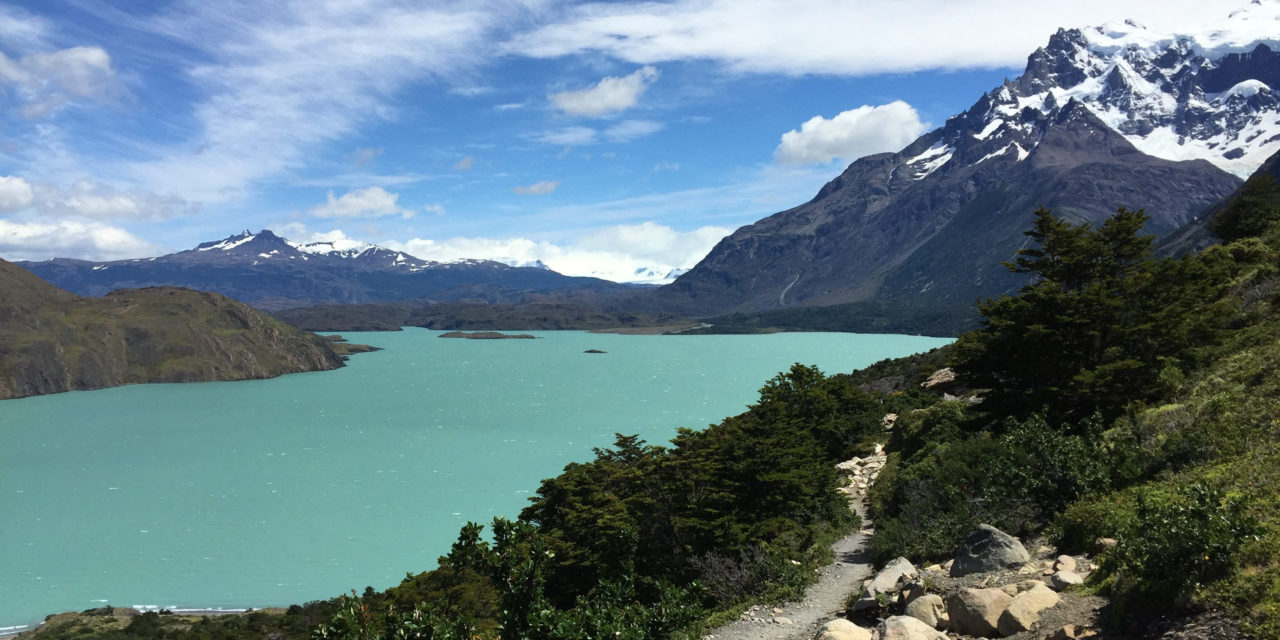
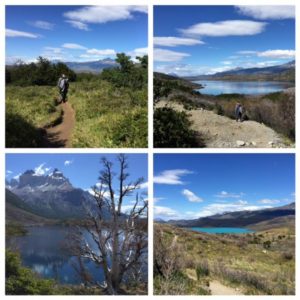
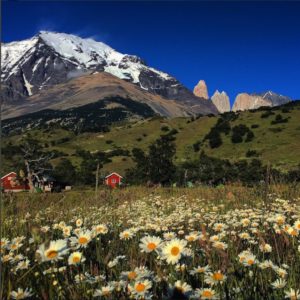
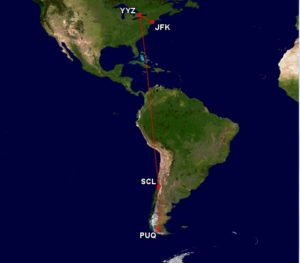
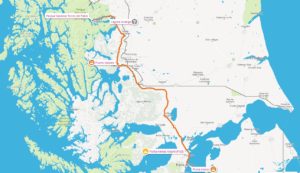
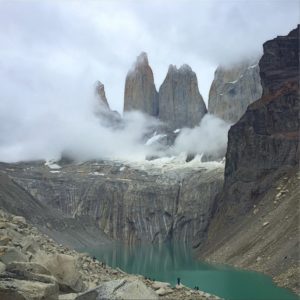
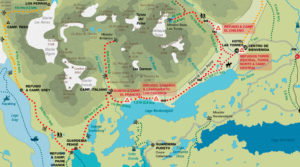
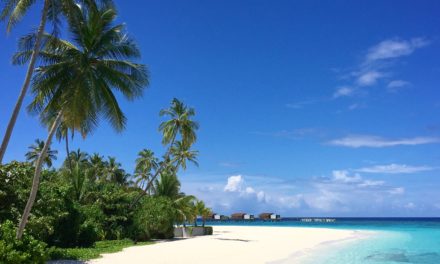
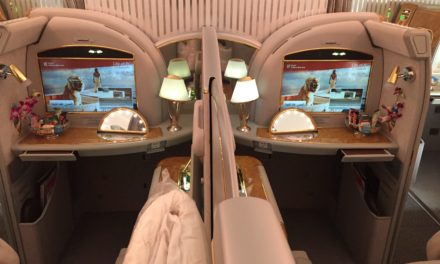
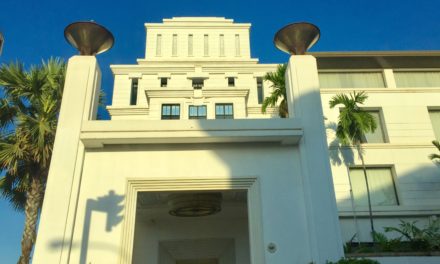
Thank you for sharing great article
How far in advance did you start planning/booking?
About three months. If you want to get down there using flyer miles, I suggest booking those sooner.
One of my favorite places in the world. Did you know that they are planning a closer airport to Torres Del Paine park? I’m really bummed about this as the difficulty in getting there (currently a 4 hr ride on gravel roads after flying to the tip of the world) kept it from being over-crowded. I’ve been twice in the past 3 years and hope to get back again before the masses descend on it. A magical place!
Didn’t know about the airport! I can’t imagine it will end up being a large airport though. The lack of roads within the park and the amount of hiking required hopefully will keep it from being over crowded.